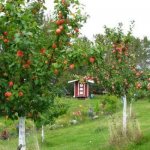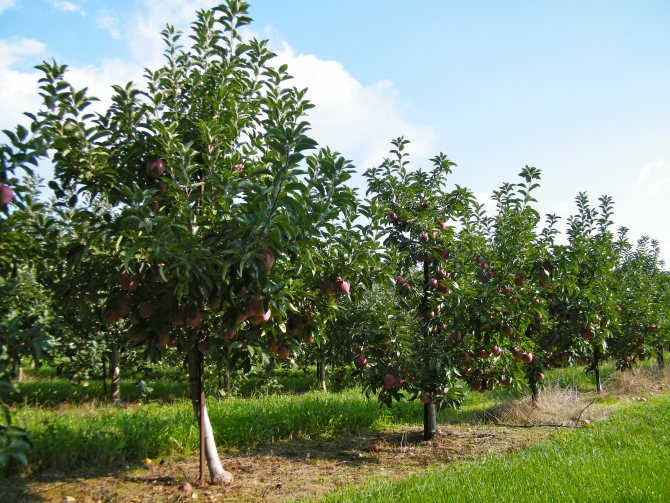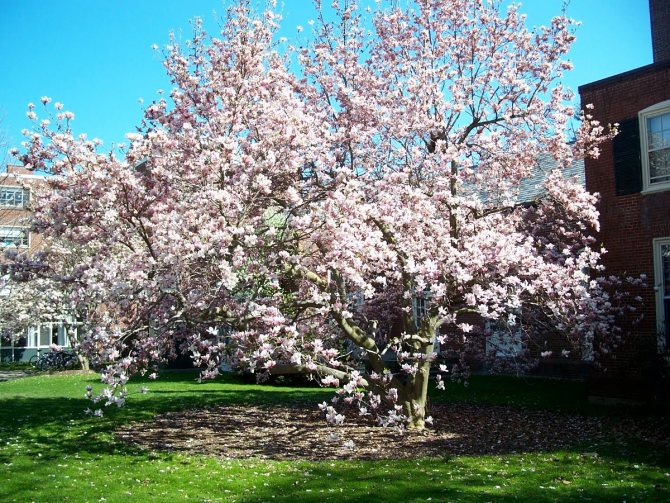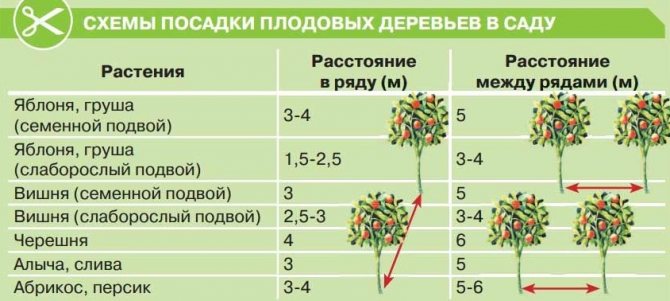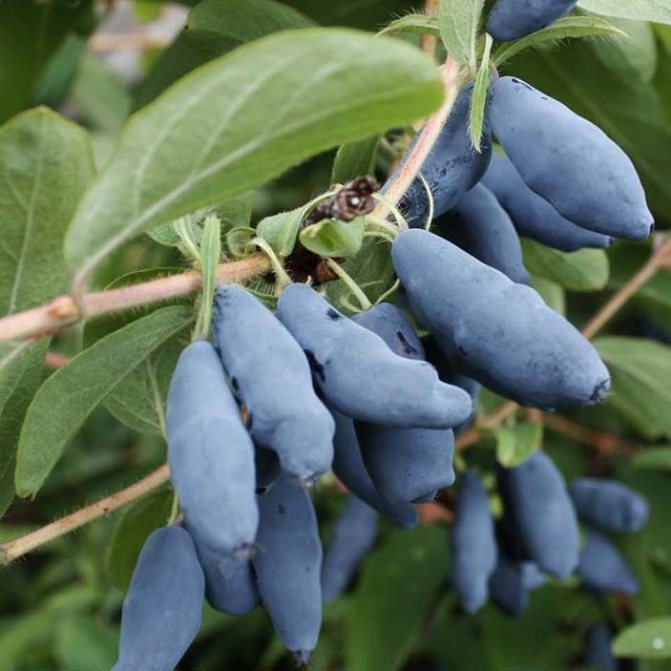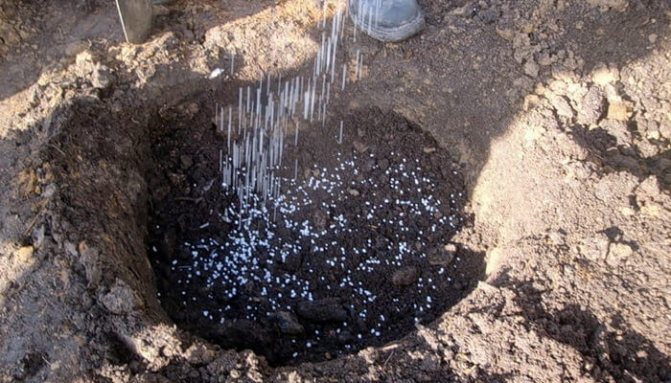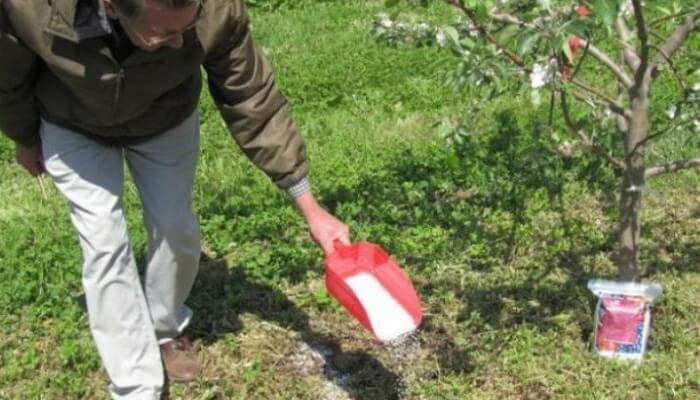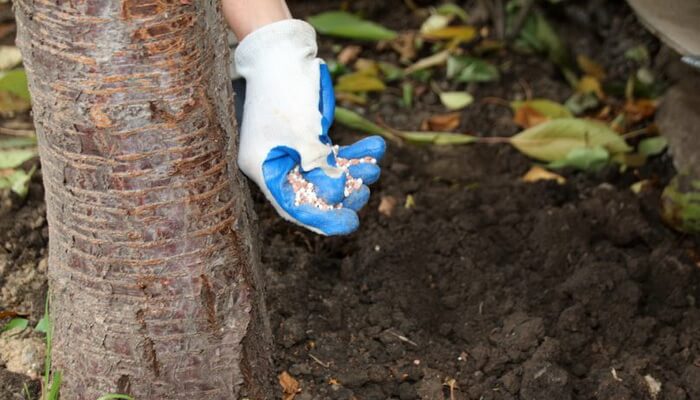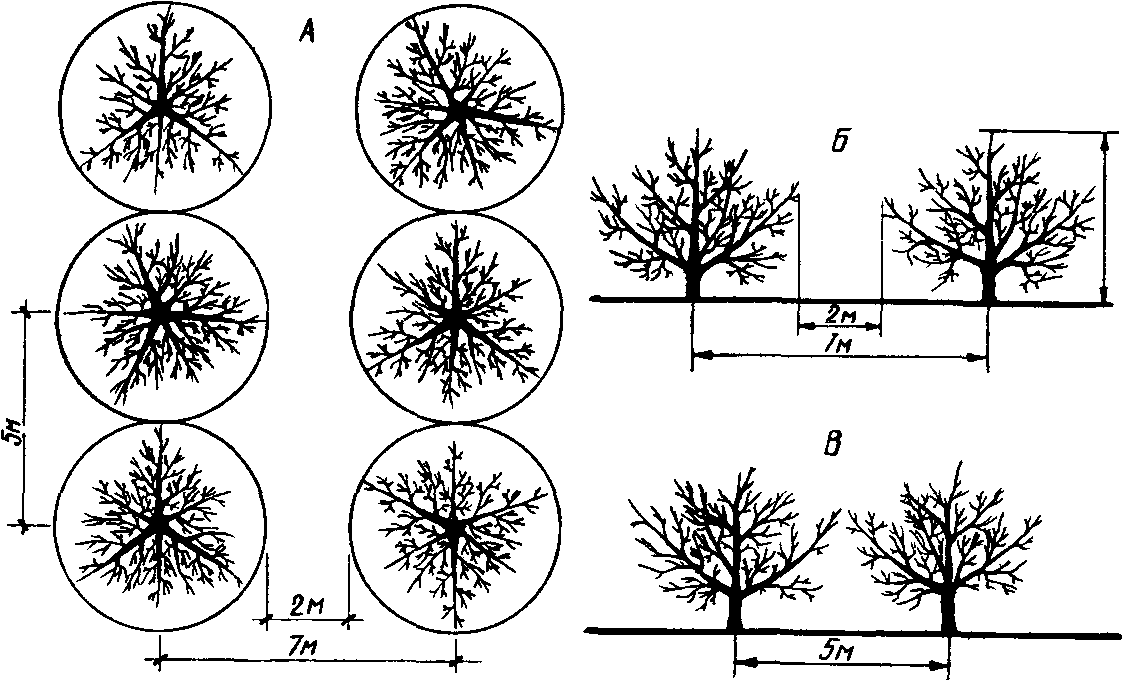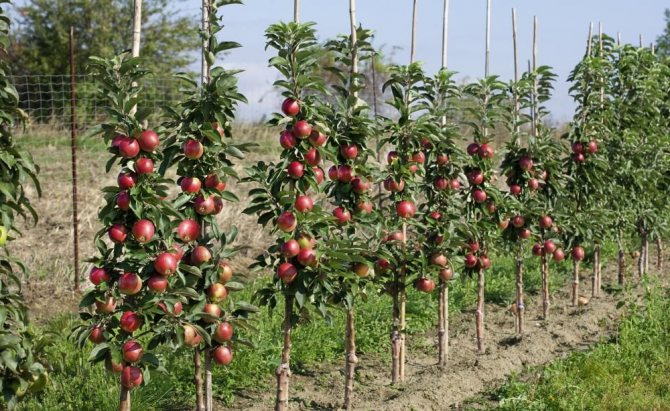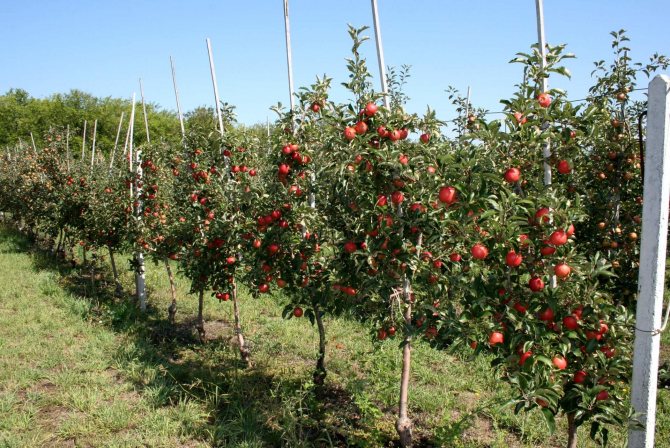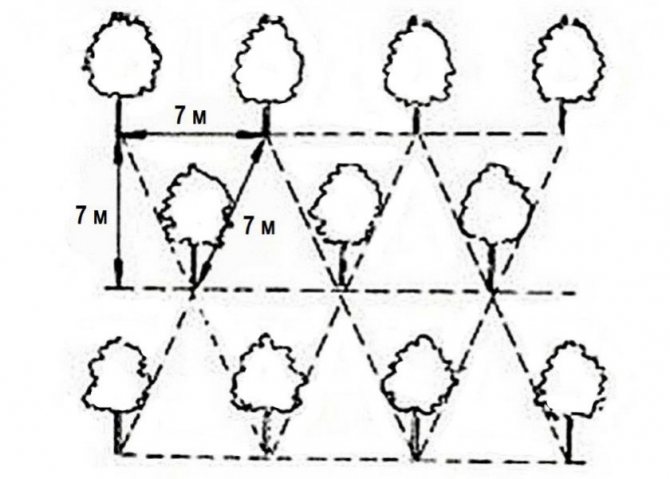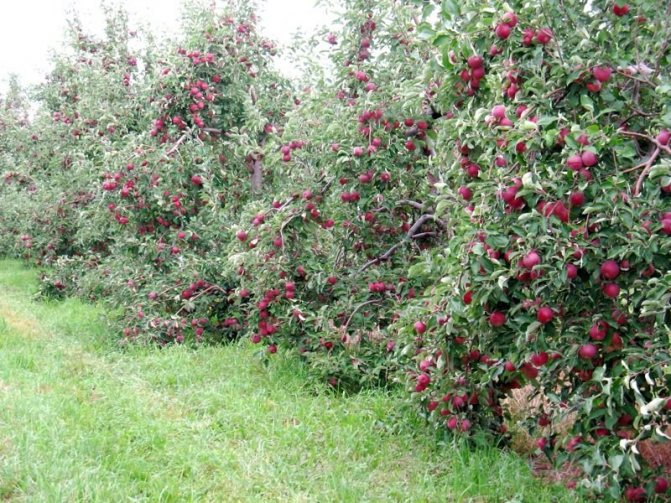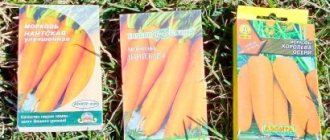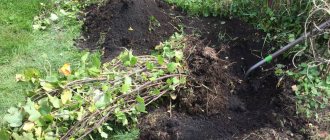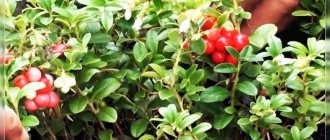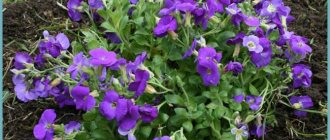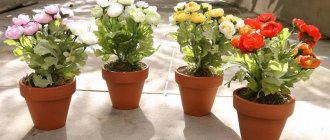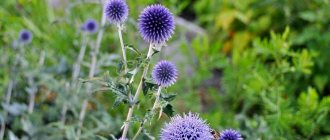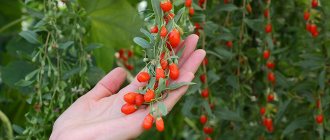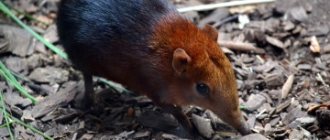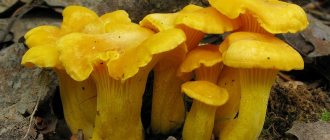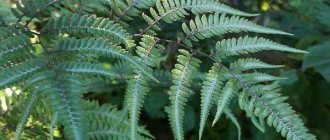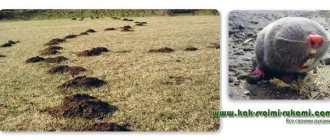If you are just planning to plant an orchard, then surely the very first seedling that will take pride of place on your site is an apple tree. Therefore, in this case, such a question as the distance between apple trees when planting is relevant.
Since in this case, what distance should be when planting apple trees is very important, because the development of the future garden depends on the correct distance.
So, let's find out together at what distance to plant apple trees, what should be taken into account when planting, and we will share some useful tips from experienced summer residents below.
Growing apple trees using intensive technologies
Growing apples using intensive technology is a productive and rational way of making a profit. Thus, planted trees can yield large yields and take up less space. Planting, shaping and fertilizing technologies have already been developed to meet all these requirements. Special varieties have been developed that can give a large, high-quality harvest. The intensive method is successfully applied on an industrial scale and small farms.
Planting semi-dwarf varieties
Planting apple seedlings of semi-dwarf varieties is slightly different from the above scheme. The fact is that in such apple trees, the crown is more powerful and spreading, respectively, the distance should be increased, adhering to the following plan:
- If the stock is weak, apple trees can be planted at a distance of 3 meters to each other. At the same time, make sure that the row spacing is at least 5 meters.
- In the event that the crown of the culture is powerful, then it is better to plant an apple tree, keeping a distance of 5 meters between each sprout and the same distance between the rows.
- Well, if the seedlings were purchased vigorous, observe the space of 5 meters between the rows and trees, respectively.
It is important to understand that uncontrolled overgrowing of apple crops will lead to the fact that you will not be able to harvest a full harvest from the trees.
Extensive and intensive gardens
Gardens can be extensive (classic) or intensive in terms of life span, yield and occupied area. Here are their main differences:
- Extensive gardens, take up more area, because the trees are tall and medium-sized. But their fruiting begins from the 7th year of the life of the trees, although they continue for more than 30 years. Several different varieties can be grown over a larger area, harvesting even in not very favorable conditions. But fruiting can be cyclical, the yield can decrease in some years. Larger trees are more resilient and undemanding, but tend to be more difficult to maintain as pruning, spraying and harvesting is a little more difficult.
- Intensive gardens, especially those with columnar or dwarf rootstocks, have a number of tangible benefits. They take up less space, so more trees can be placed in the same area. Fruiting begins early, 2-3 years after planting, but does not last more than 15 years. Caring for such a garden is much easier, it is more convenient to remove the fruits, it is possible to install irrigation systems that will help to evenly distribute moisture and fertilizers.
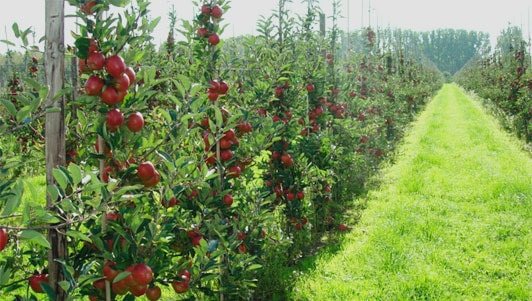
Extensive apple orchard.
It is also possible to plant an apple orchard of different varieties, which will bear fruit all season. Some people call this method of growing super intensive.
General Provisions
The presence of empty fertile land encourages action, especially if there is enough of it. One of the most profitable solutions for its use is the cultivation of apples.
There are several reasons for this:
- A relatively simple implementation instruction. Landing is done once every many years and requires little effort.
A seedling carefully planted with your own hands will grow and bear fruit for many years
- No need for daily care. Trees are left to themselves most of the time and do not need constant care.
- High profitability. The total cost of the entire enterprise will pay off within two years after the beginning of fruiting, followed by an almost net profit.
The timing of fruiting apple orchards
Depending on how often and plentifully the harvest continues, as well as the lifespan of the tree, all gardens are divided into four groups:
- classic, they are extensive. They can be cultivated up to 35 years, however, they enter fruiting at 7-8 years of age;
- semi-intensive. Representatives of this subspecies live for about 25 years, and the first apples appear in 5 years;
- intense. Gardens that can be operated for up to 20 years maximum, and the first fruits are given in 3-4 years;
- super intense. They differ in the fastest possible return of fruits, bear fruit abundantly in the second year of life, but cannot be cultivated for more than 15 years.
So, to choose the type of garden, first of all, you need to pay attention to how many years the planting is planned to be laid.
Advantages and disadvantages of intensive gardens
Like any growing method, this method has both positive and negative sides. In order to understand the cost-effectiveness and benefits, you need to carefully study them.
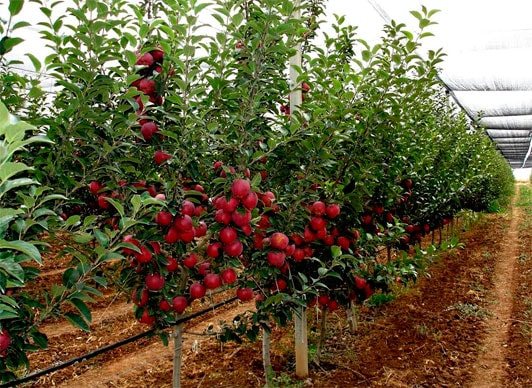

An intensively growing apple orchard.
Positive sides:
- fruiting of an intensive garden begins very early, after 2-3 years, while ordinary ones only after 7-8 years;
- due to the fact that the growth of plantings is small, it is more convenient to care for them, collect fruits, cut and carry out other manipulations;
- in gardens of low growth, it is convenient and practical to place drip irrigation systems. However, they can also serve to evenly distribute fertilizers and apply nutrients.
A number of disadvantages are worth mentioning:
- the design, construction and maintenance of an intensive garden will require the participation of specialists. This means that it will be necessary to attract a person from the outside or acquire new knowledge. Both are additional costs;
- the costs are also tangible for the purchase of low seedlings of the necessary varieties, a drip irrigation system, materials for fixing and tying trunks and, if necessary, an anti-hail net;
- small trees are very demanding in many ways: their roots are much weaker, they need more moisture, additional fertilizing, more fertile soil and protection from the cold;
- disturbances in care will cause a decrease in yield Moreover, even the smallest mistakes can be fraught with serious problems;
- from the moment of planting to the complete destruction of garden non-fertile trees, it takes a little time, up to 15, maximum 20 years. Whereas ordinary trees bear fruit up to 35 years.
Features of apple agricultural technology with intensive technology
Growing apple trees with intensive technology requires special care and compliance with important rules of agricultural technology.
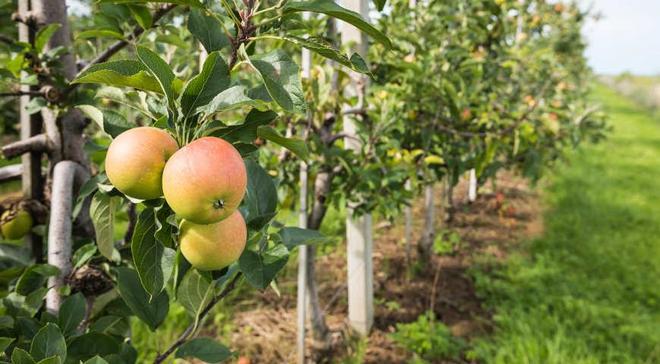

Growing apple trees using intensive technology.
Here is some of them:
- in the rows, every 10-12 meters, you need to install pillars for support, on which the crossbars are fixed;
- seedlings are planted in special furrows, so that in the end they are on elevations;
- it is best to whiten them immediately after planting to protect them from harmful animals that like to feast on young bark;
- the crown is formed in the shape of a spindle, tying it to the trellis;
- branches will need to be tilted, cut "on a stump" and thick cut off as they grow;
- it is necessary to regularly water and monitor the state of soil moisture;
- do not forget about fertilizing. Root and foliar dressings are used;
- with proper care, beautiful large-sized fruits are removed from the tree.
Tree care may vary slightly depending on climatic conditions, soil conditions and terrain.
Tree planting
Boarding time
You need to plant trees when the plants are dormant, i.e. in autumn after leaf fall or in spring before bud swelling. In the middle lane and in the north, it is better to do this procedure in early spring, and in the south - in the fall.
In spring, trees can be planted immediately after the soil thaws, when the soil stops sticking to the shovel. In autumn, it is advisable to complete the work two to three weeks before the first frost, so that the seedling has time to take root.
In the photo - apple seedlings
Saplings for planting
Different types of seedlings are planted at different ages - apple and pear trees are best planted at the age of two to three years. Plums, cherries and cherries are usually planted at the age of two years.
Note! It is imperative to find good varieties for planting that can pollinate each other. Before making a choice in favor of a particular variety, it is advisable to consult with experienced gardeners. For seedlings of good varieties, the price can be quite high, however, in this case it makes sense to pay more.
For two-year-old seedlings, the trunk should be about two centimeters thick and about 50 centimeters high. When choosing, you should pay attention to the root system, which must be intact and have a length of at least 30 centimeters.
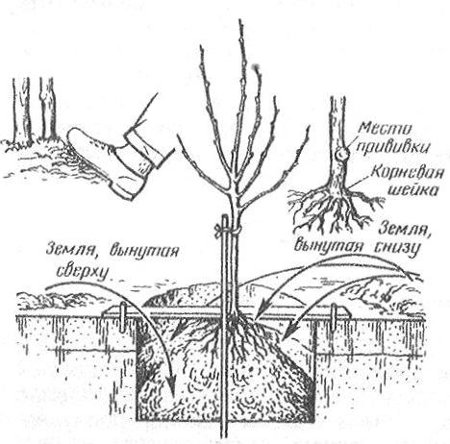

Sapling planting scheme
Landing
It is advisable to prepare the pits a week before planting.
Their size for different plants should be different:
- Apple trees and pears - depth 50-60 centimeters, diameter 80-100 centimeters.
- Plums and cherries - depth and width about 35-40 centimeters.
When digging a hole, the earth must be sorted - the upper dark layer should be folded in one direction, and the lower one in the other.
The process of planting trees with your own hands is as follows:
- In the center of the hole, you need to make a hill from the top layer of soil.
- Then add two buckets of compost to the ground.
- After that, the seedling is located in the center of the hole, and its roots are gently straightened around the hill.
- After that, the hole must be covered with earth, holding the seedling. It is more convenient to do this work together.
- After backfilling with earth, the plant needs to be watered (one and a half to two buckets per seedling).
- To prevent moisture evaporation, sprinkle the soil around the tree with a compost layer or peat several centimeters thick.
Note! The root collar after planting (the place of transition from the root to the trunk) should be located 6-8 centimeters above the soil level. As a result, after the earth settles, it will be at ground level.
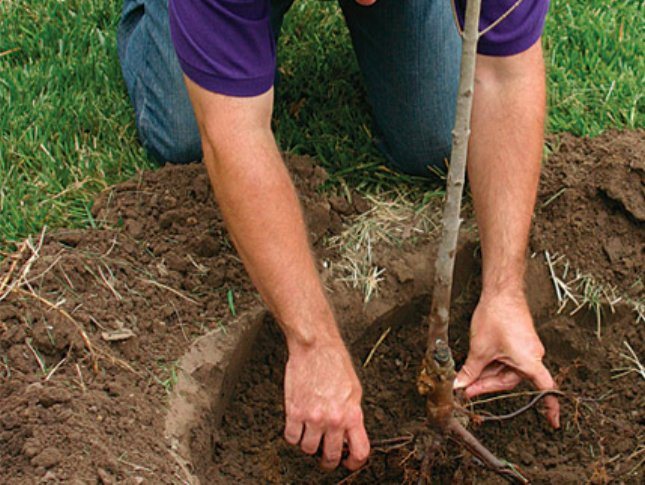

Planting a fruit seedling
All other seedlings are planted in the same way. If the work is done correctly, then all that remains is to provide normal care for the orchard and you can wait for the first harvest. You can find detailed information on the care of young trees on our portal.
Professional apple orchards
In modern industrial horticulture, apple orchards are not only intensive or super-intensive planting of apple trees on the site. This is a whole well-developed infrastructure, which includes car parks and fruit storage facilities.
Fleets are needed in order not to spend money on additional costs, such as car rental.This is especially true for large enterprises that sell their own products.
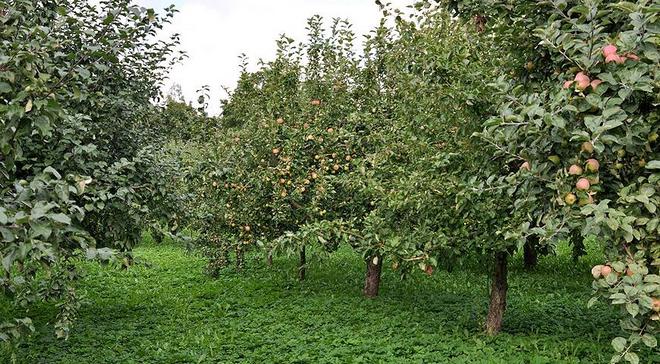

Professional apple orchard.
Fruit storage facilities provide proper conditions for storing fruits for the required time. They have important advantages:
- the temperature in a special chamber is regulated so that the apples from the moment of harvesting are fully ripe, if necessary. And also the right conditions will help to increase the shelf life;
- in storage facilities, the necessary ratio of oxygen and carbon dioxide is maintained, which varies over time, in order to prevent the processes of age-related destruction of fruits;
- indoors, the environment is sealed, which ensures the best preservation of apples.
After the chambers are opened, they must be well ventilated. Then the apples need to be sorted and sent for sale or processing.
Where to start preparing
If the gardener has his own land near a private house, and his desire to supply his family with healthy and fresh fruits is very great, you should think about the preparatory work before planting trees.
It is necessary to allocate an open and well-lit place for planting fruit trees. It must be necessarily with a high groundwater table. It is best not to bookmark in the lowlands. Most fruit crops prefer to grow fully illuminated by the sun's rays.


In the future, light-loving crops will need to be located on the southwest or south side. If the area is small, they are advised to plant them in steps. This is done so that tall plants are located closer to the north, and small ones closer to the south.
When preparing the land, it is required to remove wild bushes from it, as well as old unnecessary stumps, stones and everything that will interfere with the normal existence of fruit trees. Further, deep plowing or digging is carried out with the obligatory rotation of the seam. After that, watering and deep cultivation is necessary.
In order to know in the future what kind of agrotechnical care measures will be required, it is recommended to give a sample of the land for research to a chemical laboratory. The results will help the gardener decide which fertilizing and how much to apply during autumn processing.
Usually, humus or humus, mineral complexes, as well as slaked lime, biological products to protect plantings from diseases and pests are placed in the planting pits.
Thinking about how to plant a garden on a site, it is advised to draw a breakdown scheme for planting fruit trees. For each culture, about 4 square meters are allocated. m of area, that is, planting pits should be placed at a distance of at least 4 m from each other, in the aisles they leave from 2.5 to 3 m.Then all trees will be comfortable.
When preparing planting pits, it is important which seedlings will be placed in them: for two-year-olds, the hole size is 60 × 60 cm, three-year-olds need a pit 70 × 80 cm in size. Planting of seedlings is planned in the spring, introducing the recommended soil mixture into the pits.
A couple of days before planting, the seedlings must be placed in a container with a growth stimulator. Suitable "Kornevin", "Fitosporin" or another drug. A few weeks before planting seedlings, part of the soil mixture should be poured into the planting holes with a cone.
Modern technologies at the summer cottage
It is believed that growing apple trees in an intensive way will be profitable only on an industrial scale, or at least on a particularly large scale. This is primarily due to the fact that with apple trees on dwarf rootstocks, you need to be more careful, provide them with additional care and protection.
The fears are somewhat justified. Without special knowledge and technology, it will not work to grow an excellent harvest immediately. However, you can experiment with growing columnar or dwarf trees even on your own small plots.It is worthwhile to determine a convenient place for them, install supports and think over the shelter of the tree and mulching the trunk circle.
Any work will definitely be appreciated and will bear fruit. Even when it comes to the rather complicated process of growing intensive gardens. However, with due diligence, you can get a large number of high quality fruits.
Output
If you have a plot, planting apple trees would be a great solution. These trees are unpretentious in planting and maintenance, but they give excellent yields. Above we have described everything you need to get them.
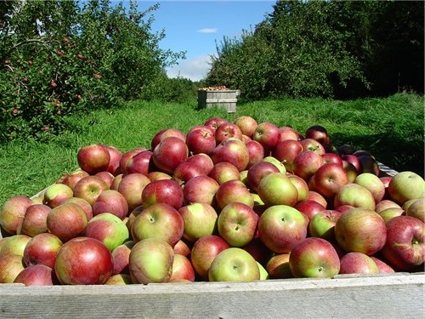

Harvested ripe apples
The video in this article will provide you with additional information that is directly related to the presented materials. An intensive apple orchard will be a significant source of income for you.

